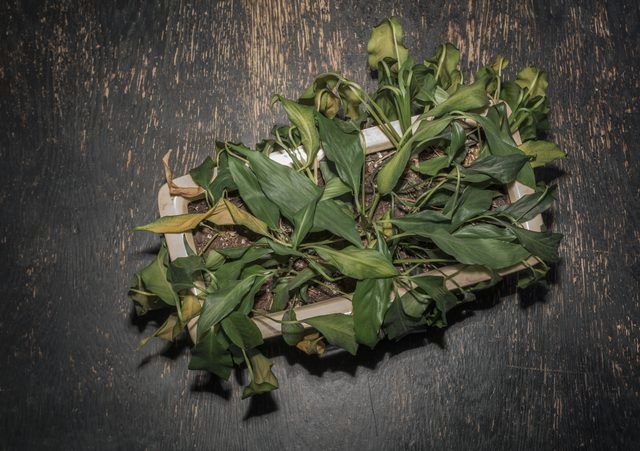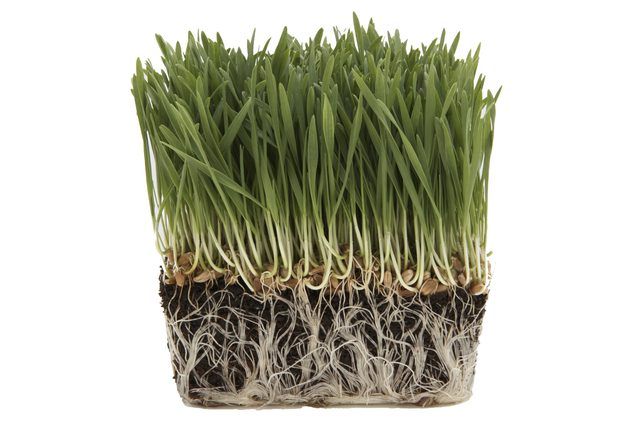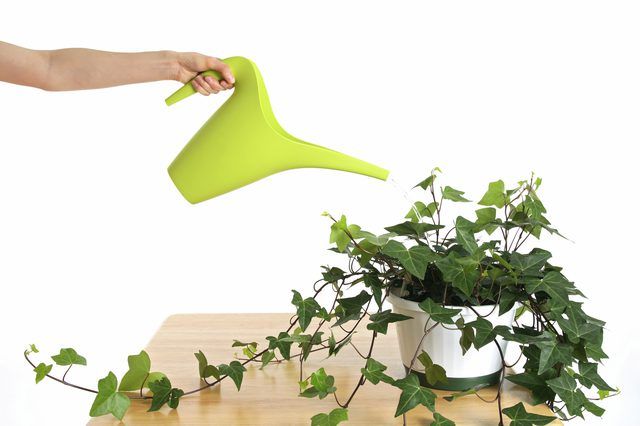Bulbs
Flower Basics
Flower Beds & Specialty Gardens
Flower Garden
Garden Furniture
Garden Gnomes
Garden Seeds
Garden Sheds
Garden Statues
Garden Tools & Supplies
Gardening Basics
Green & Organic
Groundcovers & Vines
Growing Annuals
Growing Basil
Growing Beans
Growing Berries
Growing Blueberries
Growing Cactus
Growing Corn
Growing Cotton
Growing Edibles
Growing Flowers
Growing Garlic
Growing Grapes
Growing Grass
Growing Herbs
Growing Jasmine
Growing Mint
Growing Mushrooms
Orchids
Growing Peanuts
Growing Perennials
Growing Plants
Growing Rosemary
Growing Roses
Growing Strawberries
Growing Sunflowers
Growing Thyme
Growing Tomatoes
Growing Tulips
Growing Vegetables
Herb Basics
Herb Garden
Indoor Growing
Landscaping Basics
Landscaping Patios
Landscaping Plants
Landscaping Shrubs
Landscaping Trees
Landscaping Walks & Pathways
Lawn Basics
Lawn Maintenance
Lawn Mowers
Lawn Ornaments
Lawn Planting
Lawn Tools
Outdoor Growing
Overall Landscape Planning
Pests, Weeds & Problems
Plant Basics
Rock Garden
Rose Garden
Shrubs
Soil
Specialty Gardens
Trees
Vegetable Garden
Yard Maintenance
Signs of Root Rot
How to identify common symptoms of root rot in plants, how to treat infected plants and what types of plants are susceptible to root rot.
The first telltale signs you'll notice if your plant is suffering from root rot won't be the roots -- they're out of sight, out of mind. Root rot is a descriptive term for a symptom of a fungal disease that may relate to a variety of pathogens -- the agents that cause disease. Most plants are susceptible to root rot, including trees, shrubs, annuals, perennials, vegetables and grasses. The fungi that cause root rots live in the soil and include Pythium, Phytophthora, Fusarium and Armillaria species.
Above-Ground Symptoms

Regardless of which fungal organism causes root-rot disease, a plant's symptoms are similar:
Wilting
Although plants wilt when they don't receive enough water, they can also wilt if they receive too much water. If a wilted plant doesn't perk up after you water it, suspect root rot.
Leaves Yellowing
Older leaves -- the ones lower on a plant, closest to the soil -- are typically the first to turn yellow and drop if a plant has root rot. Although some older leaves naturally turn yellow, excessive numbers may point to decaying roots.
Leaf Margins Dying
On some plants, the edges of leaves may turn yellow and then brown. Although this die-back may also be caused from salts in the water that burn the margins, root rot is another culprit.
Stunted Growth
Roots absorb water and minerals from the soil. Next, they move through a plant's vascular system to nourish the plant. When diseased roots begin to die, the remaining roots cannot keep up with a plant's demand for water and minerals. The plant is unable to grow at a normal rate, and it become stunted.
Below-Ground Symptoms

If your plant shows any of the above-ground symptoms, you may want to take a peek at what lies beneath the soil's surface. If it's practical to do so -- if the plant is small enough -- dig the plant from the ground and inspect its roots. If it's impractical to dig it up -- because the plant is a tree or large shrub -- remove the soil from as many roots as possible so you can look at them. If the plant is growing in a container, your inspection work is easier. Simply remove it from its pot to check the condition of the roots.
Brown or Black Roots
Healthy roots are firm and white, but dead and dying roots are mushy and brown or black. You can easily pull dead and dying roots off a plant.
Offensive Smell
"Rot" is the key word of "root rot." Rotting or rotten rots may have a foul odor. "Earthy" smell is healthy; putrid is not.
Control

By the time root-rot symptoms affect the above-ground plant parts, the damage to the roots may be too advanced for the plant to recover. If you're able to dig up a plant or remove it from its container, however, try these steps to rejuvenate it:
Cultural Control
Remove all the diseased roots and discard them.
Thoroughly rinse the remaining roots.
Replant in another location (or repot in a new container) using new, pasteurized soil or sterilized potting mix.
Choose a new site (or a new container) that has good drainage.
Tip
If you need to transplant a disease-compromised plant from an area that drains slowly, consider planting it in a raised bed to improve the drainage.
Chemical Control
Fungicides typically cannot help a plant in the advanced stages of root rot.
Another challenge is choosing the proper fungicide because chemicals are pathogen-specific. This means that a fungicide that controls one species of root-rot fungi may not control another species.
Penn State Extension warns against using a fungicide without knowing which species you're fighting because you may do more harm than good.
Your local Extension Service can help by making a positive diagnosis of which root-rot fungal species has infected your plant. The service can also recommend a suitable fungicide, if a chemical control will help your plant.
Warning
Fertilize plants only according to soil-test recommendations. Plants can become stressed by too much fertilizer (or not enough), and stressed plants are more susceptible to disease.
Wear eye and skin protection as well as a respirator when mixing fungicides.